Croton black marks - help
7 years ago
Featured Answer
Sort by:Oldest
Comments (21)
- 7 years ago
- 7 years ago
Related Discussions
Black mark on Croton plant
Comments (5)I've seen things like it before on my Crotons but unless it starts growing and showing up on more leaves, it's probably just a scar from damage of some kind. Maybe something bit it when it was growing, maybe a substance dripped onto it and killed the cells there -- either way, not a big deal unless it spreads rapidly or onto other leaves. Crotons are, through generations of breeding, fairly genetically unstable -- so there's even a chance this is just some cells that mutated badly and died at an early stage of the leaf growth and ended up looking bigger after it grew out. You never know with Crotons!...See MoreUnusual beetle(?) with brilliant orange, yellow, black markings?
Comments (4)Actually, believe it or not, this brilliantly colored, daytime active, thin bodied insect is a MOTH, the adult of the Ailanthus webworm, Atteva punctilla. The Ailanthus webworm is a sub-tropical insect that has spread north following the introduction of an "alternate" host plant, the introduced invasive species Ailanthus altissima, that has spread throughout North America. (Since the Ailanthus tree is not native to the Americas, while Atteva punctilla is, we can say that the moth has "adapted" a new host.) Further, Atteva punctilla is not adapted to survive cold winters, so apparently a population flies north each year to seek the abundant leaves of the Ailanthus trees. Since Ailanthus is generally considered undesirable (it has bad habits, like spreading into a huge thicket by runner roots, and producing a toxin that interferes with growth of other plants in its vicinity), the Atteva punctilla might be classified as a beneficial insect, although it doesn't do enough damage to seriously impact the Ailanthus. There are hundreds of images of this tiny but photogenic insect on the web. Here are a few: http://www.bugguide.net/node/view/1762 http://entweb.clemson.edu/museum/moths/local/moth16.htm...See MoreTicor sink has black scratch, and rub marks--kind of worried
Comments (2)just a follow-up after my discussion with Glaxay, well my previous sink wasn't brushed so apparently I had something black embeded in there. I was able to remove the black mark (not the scratch though)it with bar keepers friend & a 3m sponge. Whew! I'm still trying to rub out the smudge mark. Galaxy support is the best....See MoreStrange black "tire marks" on new white oak hardwood floors. HELP!
Comments (38)You are correct in that using a drum sander is not at all DIY friendly. But it's the only way to correctly sand a floor down to smooth and ready to finish. You will take years trying to do the same thing with an orbital. The rental rate for the sander is going to be more than hiring the right pro with the right equipment....See More- 7 years ago
- 7 years ago
- 7 years agolast modified: 7 years ago
- 7 years ago
- 7 years ago
- 7 years agolast modified: 7 years ago
- 7 years ago
- 7 years ago
- 7 years ago
- 7 years agolast modified: 7 years ago
- 7 years agolast modified: 7 years ago
- 7 years agolast modified: 7 years ago
- 7 years ago
Related Stories

PETSHow to Help Your Dog Be a Good Neighbor
Good fences certainly help, but be sure to introduce your pup to the neighbors and check in from time to time
Full Story
COLORPick-a-Paint Help: How to Quit Procrastinating on Color Choice
If you're up to your ears in paint chips but no further to pinning down a hue, our new 3-part series is for you
Full Story
MOST POPULAR9 Real Ways You Can Help After a House Fire
Suggestions from someone who lost her home to fire — and experienced the staggering generosity of community
Full Story
MOVINGRelocating Help: 8 Tips for a Happier Long-Distance Move
Trash bags, houseplants and a good cry all have their role when it comes to this major life change
Full Story
PETS6 Ways to Help Your Dog and Landscape Play Nicely Together
Keep your prized plantings intact and your dog happy too, with this wisdom from an expert gardener and dog guardian
Full Story
ORGANIZINGDo It for the Kids! A Few Routines Help a Home Run More Smoothly
Not a Naturally Organized person? These tips can help you tackle the onslaught of papers, meals, laundry — and even help you find your keys
Full Story
COLORPick-a-Paint Help: How to Create a Whole-House Color Palette
Don't be daunted. With these strategies, building a cohesive palette for your entire home is less difficult than it seems
Full Story
HOUZZ TOURSMy Houzz: Saturated Colors Help a 1920s Fixer-Upper Flourish
Bright paint and cheerful patterns give this Spanish-style Los Angeles home a thriving new personality
Full Story
UNIVERSAL DESIGNMy Houzz: Universal Design Helps an 8-Year-Old Feel at Home
An innovative sensory room, wide doors and hallways, and other thoughtful design moves make this Canadian home work for the whole family
Full Story
ORGANIZINGGet the Organizing Help You Need (Finally!)
Imagine having your closet whipped into shape by someone else. That’s the power of working with a pro
Full StorySponsored
Columbus Design-Build, Kitchen & Bath Remodeling, Historic Renovations



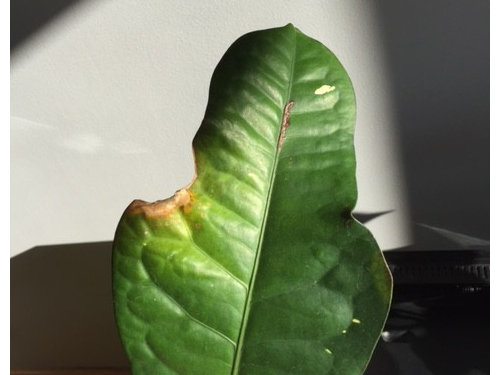
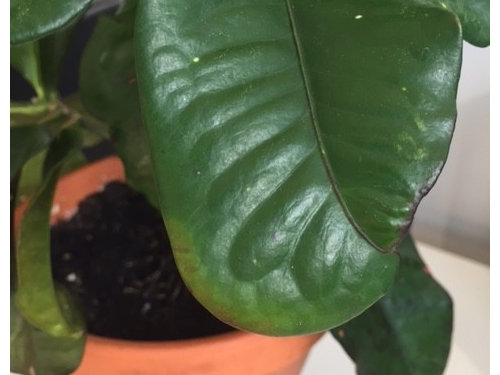
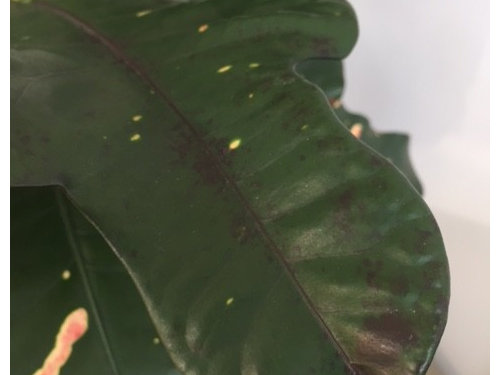
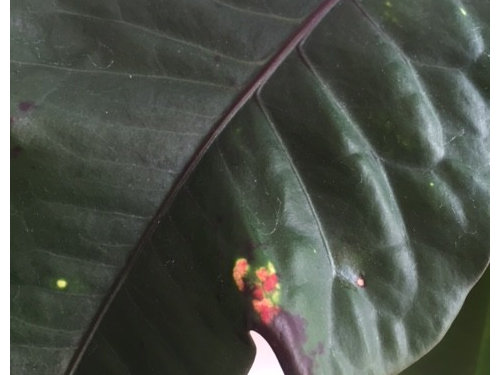
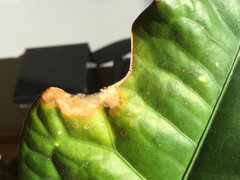
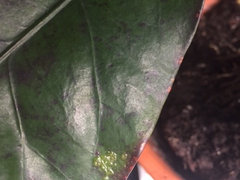
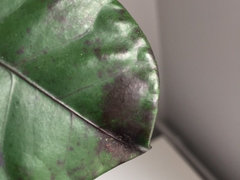
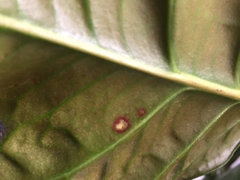
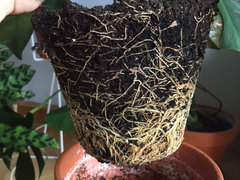
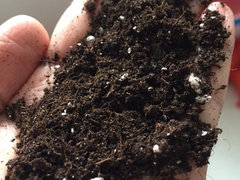
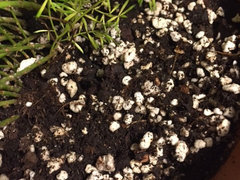





tapla (mid-Michigan, USDA z5b-6a)